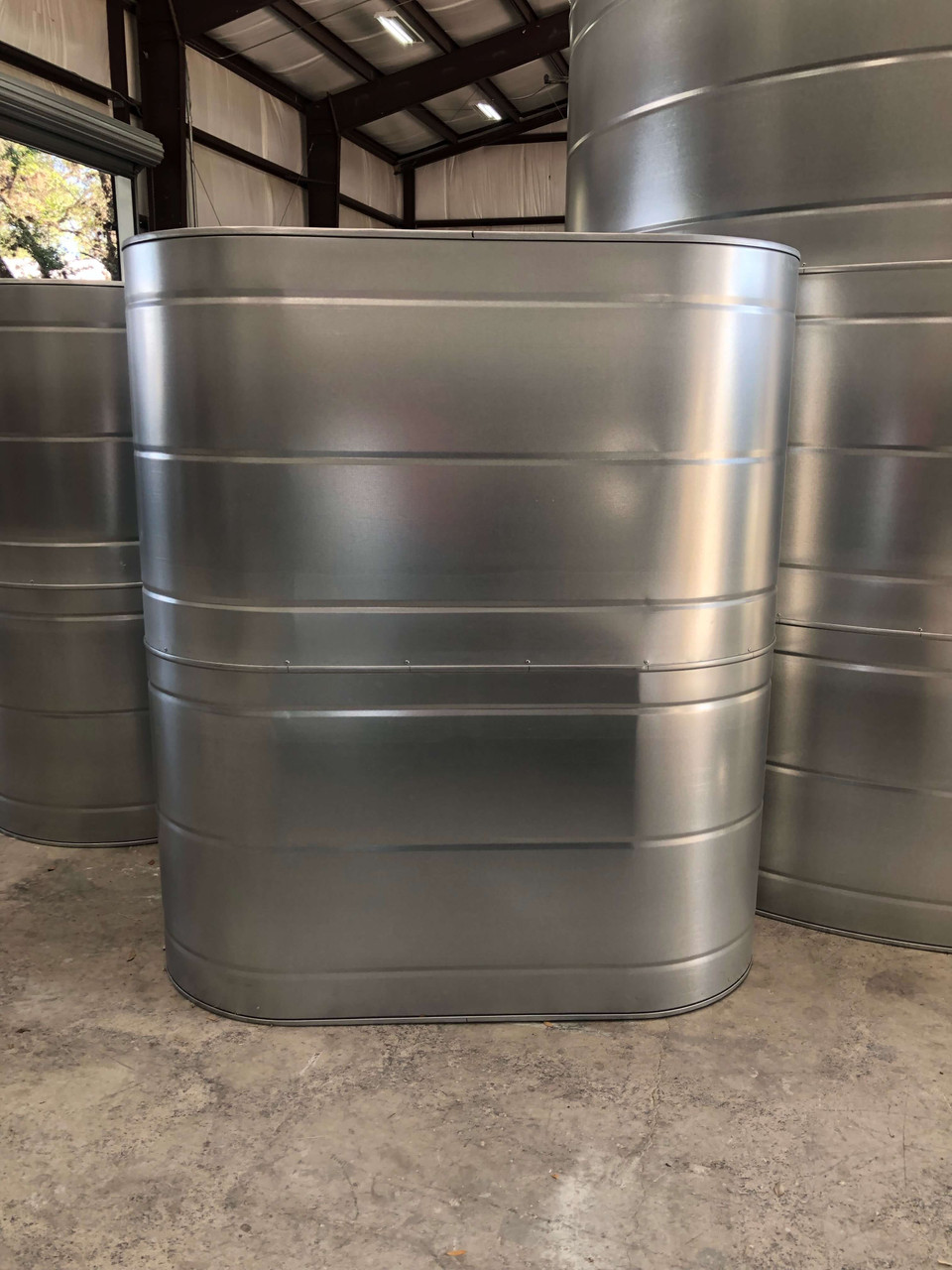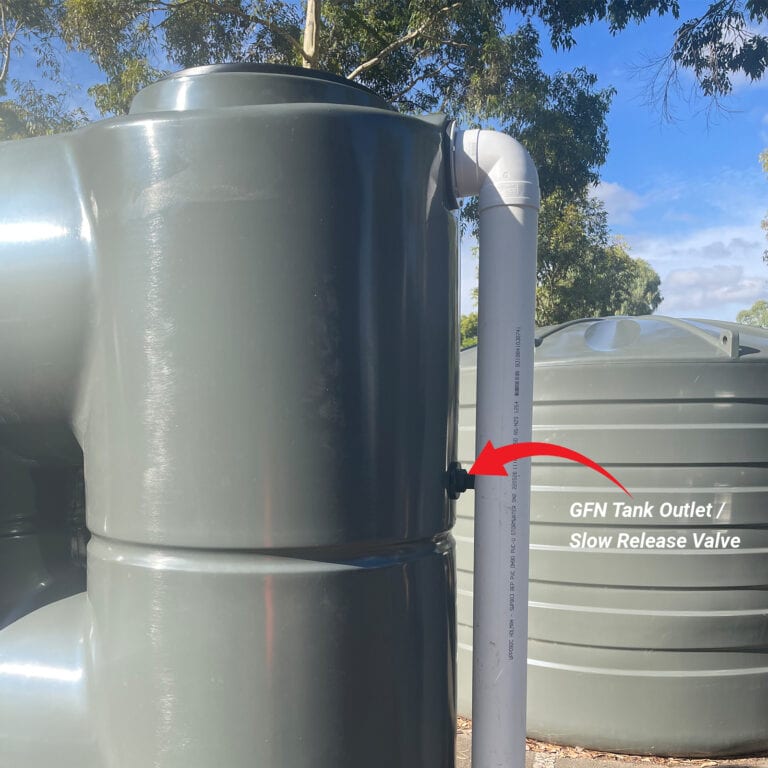Slimline Water Tanks: The Perfect Selection for Urban Water Storage Space
Wiki Article
Introducing the Perks of Rain Storage Tanks in Minimizing Water Expenses and Environmental Impact
In a world where sustainability and cost-efficiency are increasingly important, the application of rain storage tanks provides a useful and eco conscious solution. The advantages of incorporating rain storage tanks into household or industrial homes extend beyond plain water bill reductions. By exploring the complex benefits of such systems, one can discover a riches of insights into exactly how they contribute to a much more sustainable future while favorably affecting both finances and the environment.Cost Cost Savings Through Rain Containers
When thinking about the execution of rain tanks, significant price financial savings can be accomplished with reliable water monitoring techniques. Rainwater gathering offers a lasting service that not only lowers water expenses but additionally lessens the strain on municipal water resources. By capturing and storing rain for various non-potable uses such as irrigation, bathroom flushing, and laundry, homes and companies can substantially lower their reliance on treated water from the grid, causing significant price savings with time.One of the main cost-saving advantages of rainwater containers is the reduction in water utility bills. By making use of collected rainwater for activities that do not require drinkable water, such as sprinkling yards or washing automobiles, individuals can lower their total water consumption from the keys supply, resulting in lowered water bills. Additionally, rainwater containers can aid mitigate the impact of water restrictions or droughts by offering an alternative water source for necessary tasks, guaranteeing connection in supply of water without sustaining extreme costs. In general, investing in rainwater containers can lead to long-term monetary cost savings while promoting water conservation and sustainability.

Ecological Impact Reduction
Executing rain storage tanks not only causes cost financial savings however also contributes considerably to decreasing the environmental impact connected with water intake. By capturing rainwater that would certainly otherwise run into storm drains pipes, rainwater tanks help minimize stress on traditional water sources like rivers and reservoirs. This decreased need for municipally treated water results in energy financial savings and a reduction in the carbon impact connected with water treatment and circulation processes.Moreover, utilizing rainwater for tasks such as horticulture, irrigation, and washing decreases the requirement for using cured water for non-potable functions. This conservation of drinkable water helps in preserving water resources for necessary uses and reduces the energy-intensive processes included in dealing with water to fulfill alcohol consumption standards.

Water Expense Reduction Benefits
The installation of rainwater storage tanks provides considerable economic benefits through reductions in water expenses. By collecting and keeping rain for numerous family uses, such as sprinkling yards, flushing toilets, or doing washing, homeowners can dramatically reduce their reliance on the municipal water. This, in turn, leads to an obvious decline in water usage from traditional sources, resulting in lower water expenses at the end of each invoicing cycle.Rain is a complimentary and sustainable source that can supplement or even replace the need for utilizing treated water for non-potable functions. Therefore, families with rain storage tanks can see a substantial decline in their overall water expenses in time. In addition, during periods of water restrictions or dry spell, having a rainwater storage tank can supply a valuable alternate water source, more YOURURL.com reducing the dependence on costly metropolitan water supplies.
Basically, spending in a rain tank not only adds to environmental conservation yet likewise offers concrete monetary benefits by decreasing water expenses and promoting lasting expense financial savings for homeowners.
Lasting Water Management Solutions
Provided the monetary advantages and minimized reliance on municipal water products that rainwater containers offer, exploring lasting water management options comes to be a rational following action for house owners looking to optimize their water usage. Sustainable check my blog water management involves applying practices that effectively and sensibly make use of water resources while lessening wastefulness and ecological impact. Rain harvesting, which entails collecting and keeping rainwater for later usage, is a crucial component of lasting water management. By using rain tanks to catch and store rain, home owners can lower their dependence on conventional water sources, such as municipal supplies or groundwater, thus adding to water conservation initiatives.
In addition to rainwater harvesting, lasting water management options may consist of implementing water-efficient home appliances, fixtures, and landscaping practices - Slimline water tanks. Installing low-flow commodes, showerheads, and taps can significantly decrease water usage within homes. Additionally, including drought-resistant plants and making use of smart watering systems can aid minimize water use for exterior landscape design. By embracing these sustainable water administration techniques, homeowners can not only maximize their water usage but also add to ecological preservation and lower their water expenses in the future.
Area Water Resource Preservation

Additionally, neighborhood involvement can reach the execution of water-saving innovations and methods on a larger range. Urging the adoption of rain storage tanks, greywater recycling systems, and reliable irrigation approaches within neighborhoods can lead to significant reductions in water usage. Furthermore, cultivating a sense of cumulative duty for water preservation can promote sustainable behaviors and practices among area members.
Furthermore, community water resource preservation initiatives can lead the means for more powerful bonds amongst residents and a common commitment to environmental stewardship. By collaborating to protect and protect water sources, communities can add substantially to a more lasting and resistant future.
Conclusion
In final thought, rain containers provide considerable expense financial savings, ecological advantages, and add to sustainable water administration options. By lowering water bills, preserving water sources, and minimizing ecological effect, rainwater tanks play a vital function in advertising water preservation and sustainability - Slimline water tanks. Their application not just advantages specific houses but additionally adds to the more comprehensive objective of community water resource monitoring imp source and conservationReport this wiki page